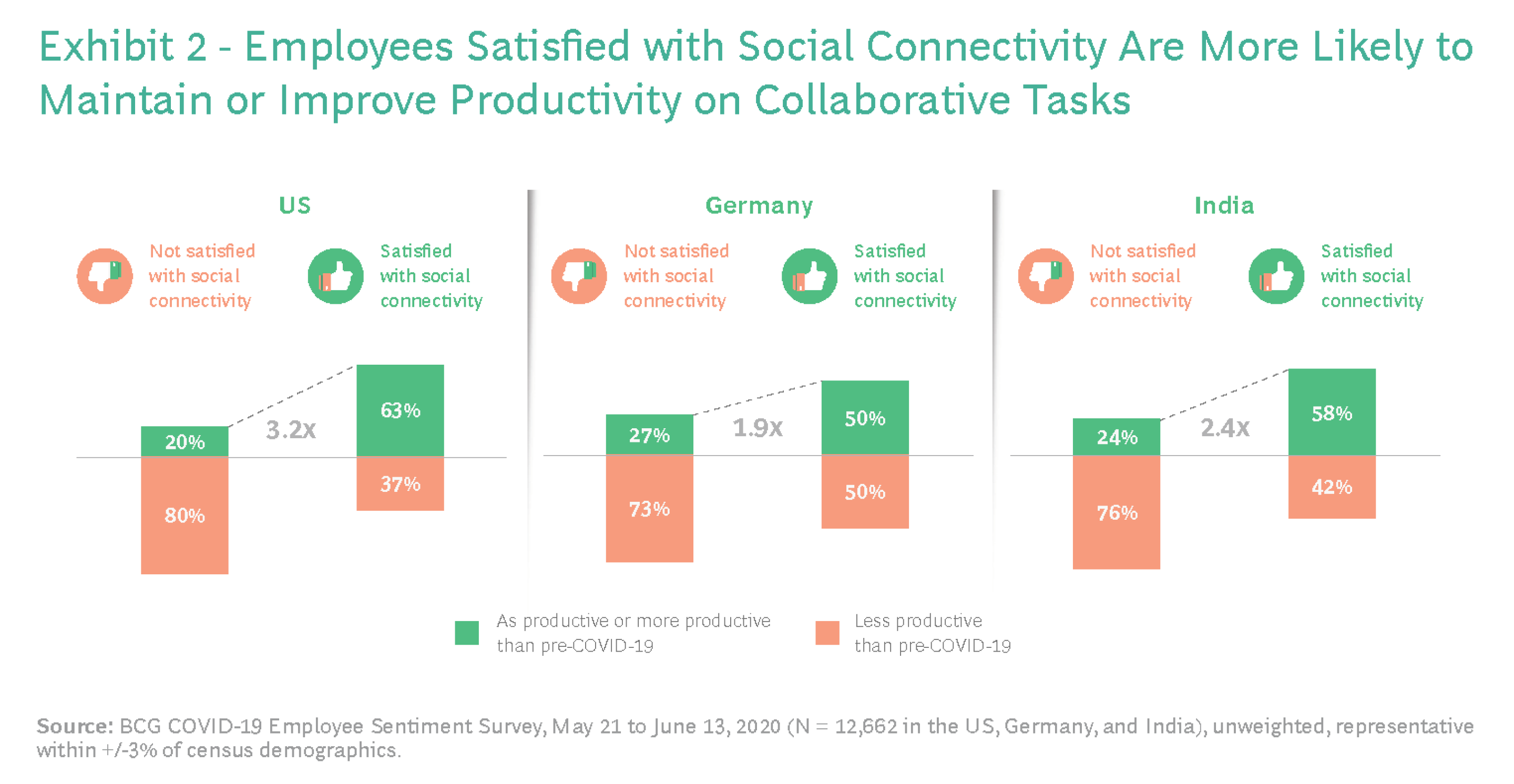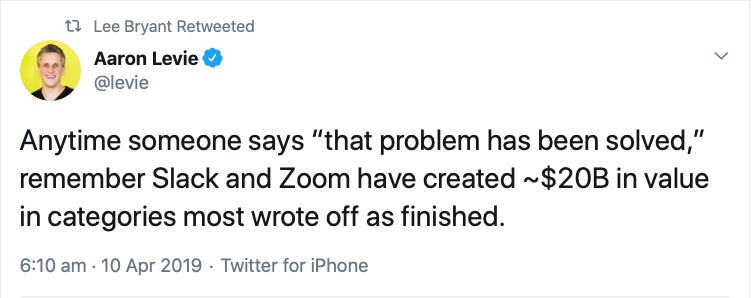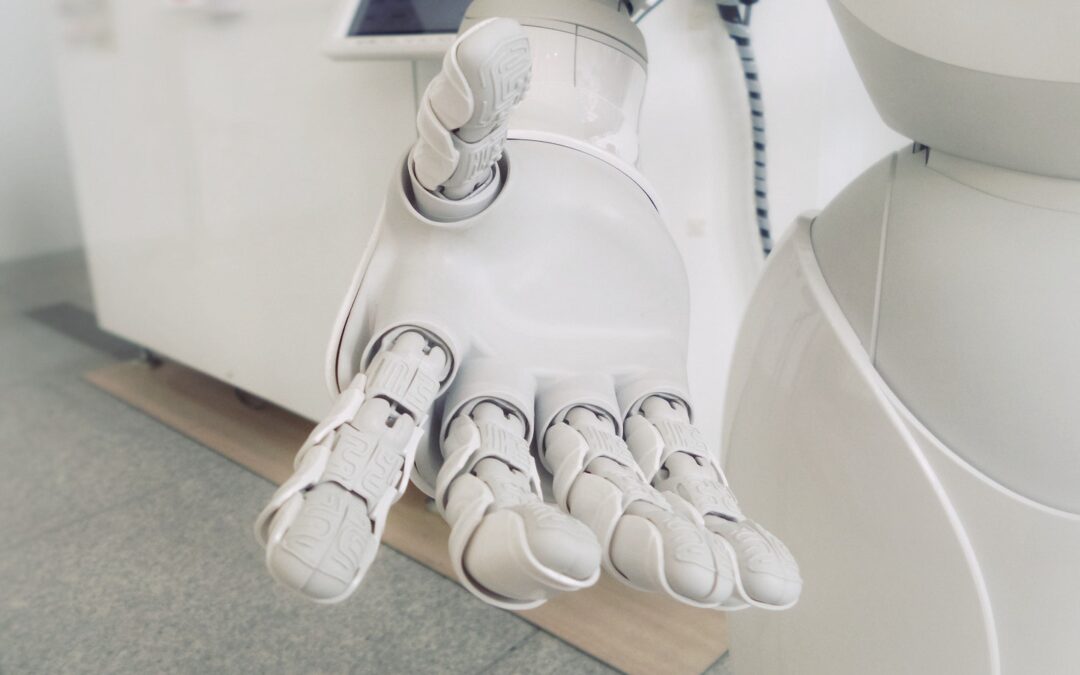General AI: Genius or Bloviator?
The new version of OpenAI’s Generative Pre-Trained Transformer (GPT-3) wrote an article published in the UK’s Guardian newspaper recently that was surprisingly well put together, and apparently needed less editing than many human writers.
I will avoid the obvious joke here about using AI to replace the rather predictable output of columnists on newspapers of various ideological colours (Marina Hyde excepted of course!), but the real question is how smart and useful GPT-3 really is in terms of taking forward knowledge work and synthesis.
Matt Webb took it for a spin and found some fascinating creative possibilities emerging from GPT-3’s freeform approach to concept association:
“So, as a prompt, I gave GPT-3 the start of an essay (one I wrote for a client), stopping halfway through a sentence:
“And, like drop-shadows and lighting can be used for visual affordances in 2D interfaces, spatial metaphors are helpful in these glimmers of a new, everyday cyberspace.
Other ways we can make a friendly, approachable cyberspace are”
(I’ve bolded the text because that’s how the GPT-3 interface works: it puts the user-written text in bold.)
Then I hit the button.
And it rattled off a couple of hundred words… which ended with this paragraph:
The ‘low-fi’/’hi-fi’ slider in Apple’s Photos app is a great example of this. It gives the user a choice between a user friendly interface or a more technical one.
THERE IS NO SUCH LOW-FI/HI-FI SLIDER. This is an invention”.
But elsewhere, Gary Marcus and Ernest Davis point out that GPT-3 doesn’t really ‘know’ much of anything at all – it is just a brute force pattern matching tool that can ingest vast amounts of (mostly) human-authored text to simulate knowledge:
“Too little has changed. Adding a hundred times more input data has helped, but only a bit. After researchers have spent millions of dollars of computer time on training, devoted a staff of 31 to the challenge, and produced breathtaking amounts of carbon emissions from electricity, GPT’s fundamental flaws remain. Its performance is unreliable, causal understanding is shaky, and incoherence is a constant companion. GPT-2 had problems with biological, physical, psychological, and social reasoning, and a general tendency toward incoherence and non sequiturs. GPT-3 does, too.
More data makes for a better, more fluent approximation to language; it does not make for trustworthy intelligence”.
But let’s not be too hard on the machines. The UK has been running a similar, if less comprehensive, experiment in simulated intelligence for some time in the form of the Politics Philosophy and Economics (PPE) degree programme at Oxford where future politicians ingest just enough classics, history and buzzwords to be able to churn out plausible simulations of intelligent thought without ever possessing domain knowledge of any kind (spoiler alert: it’s not going well).
Automation & Management in the New Normal
Will AI replace some of the functions now performed by the huge population of managers that has built up inside organisations? Daniel Susskind wrote this week in Wired that he expects the crisis to accelerate it:
“The main barrier to transformation in the professions was never technological. Many of these technologies have been around for years. The main barriers were cultural. Most people are resistant to new ways of working, white-collar workers particularly so.
With the Covid-19 crisis, those cultural barriers have largely disappeared, leaving many preferences for traditional ways of working looking more like indulgences…”
Corporate Rebels also reminded us that many of the challenges in the new world of work are also cultural as well as structural, and this should be a key focus for managers today:
To develop a coaching leadership mindset and way of being, all of us must unlearn the parent-child paradigm of leadership that we are so often blind to. All of us have been conditioned since childhood to lead in a way that has shades of the parental – either we tend to be overly responsible and critical, showering others with our own solutions and advice; or overly caring, wrapping up everything we say in cotton wool and protecting our team from the harsh reality. This is not our fault, per se – it’s because of the paradigm we are in. To step out of that paradigm is to practice new ways of relating and being, and totally new abilities, like generative listening or asking coaching questions.
And let’s not forget to fluff our virtual cushions as well as our manager’s ego, Cristian Salanti reminds us, recommending the Japanese ‘5S’ approach to improving the setup of your digital workplace:
“When you apply the same attention that goes into physical workspace optimization to the digital space, to each topic relevant for the company — what employees have to do, how to do it and why to do it — work will suddenly become easier for the employees, quality will improve, costs will go down.
And this will make everybody happier”.
Elsewhere, a report from Boston Consulting Group that surveyed 12,000 workers on their experience of remote working found those who felt more socially connected also performed better, and that productivity overall was boosted by remote working.

So how might this all change the practice of management? The BBC summarised a study from the Journal of Business and Psychology that backs up our view that remote working will exert evolutionary pressure on leaders and managers to become doers rather than charmers:
“As expected, the face-to-face teams chose leaders with the same confident, magnetic, smart-seeming extroverted traits that we often see in organisational leaders. “The people who portray themselves as organised, dependable and reliable look to us like effective leaders,” says Purvanova. But those chosen as remote leaders were doers, who tended towards planning, connecting teammates with help and resources, keeping an eye on upcoming tasks and, most importantly, getting things done. These leaders were goal-focused, productive, dependable and helpful”.
A Treasure Trove of Computer History
Harry McCracken writes about a wonderful audio archive of recordings made by Charles Mann at the Boston Computer Society in the 1980’s and early 1990’s, including an early Steve Jobs demo of the NeXT computer that went on to become the basis for the modern Mac OS X.
Closing Thought

That’s all for now. I hope you enjoyed this edition enough to share it with your friends and colleagues.

